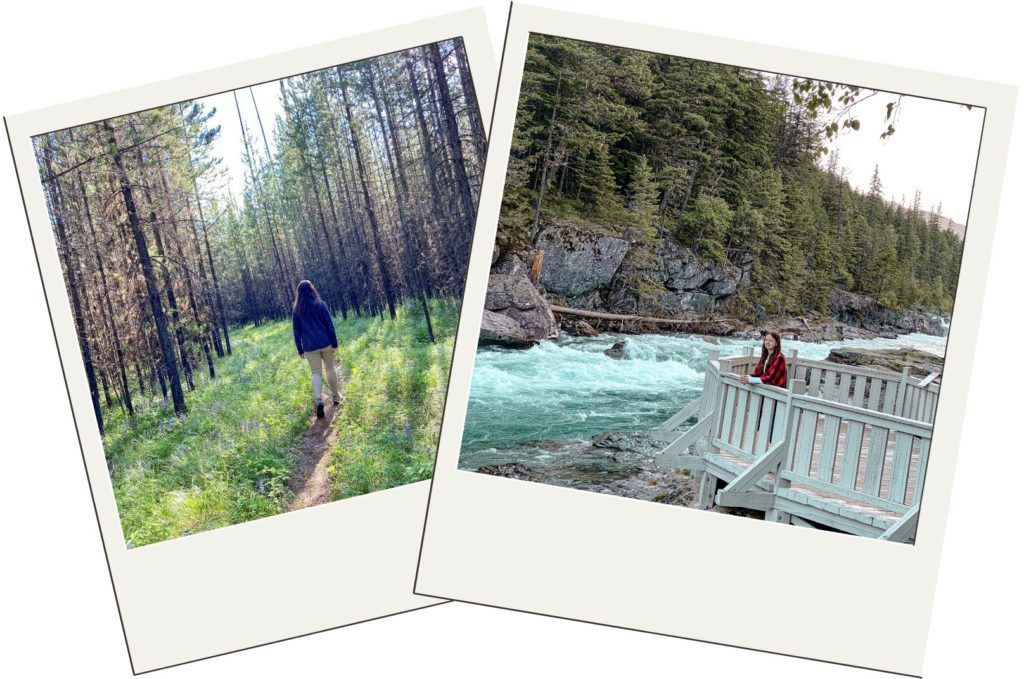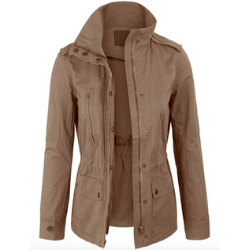
Glacier National Park consistently ranks in the top 10 Most Visited U.S. National Parks. This is an impressive feat considering the park is relatively isolated and more difficult to reach than most other national parks. The stunning, rugged, and vast mountains, lakes, and valleys of this park are a powerful draw for people to make the journey. So here’s the ultimate guide for planning a trip to Glacier National Park.
Tips for Visiting Popular National Parks
Fun Fact: Glacier National Park and Waterton Lakes National Park in Canada form The Waterton-Glacier International Peace Park, the world’s first international peace park. So when you visit Glacier National Park, I highly recommend you visit the Canadian portion of the park.
Here’s the ultimate guide to planning a trip to Glacier National Park!


When To Go
July and August are the peak travel months because temperatures are at their highest (the 70s in the day and 40s at night) and because all roads, trails, visitor centers, lodging, shuttle service, boat tours, ranger-led activities, and facilities should be open and running at full capacity. You’ll encounter the most visitors and the highest costs during these months, so you’ll want to book accommodation and tours early because some places fill up a year in advance.
Glacier’s fall foliage makes September and October beautiful months to visit. Most in-park restaurants and lodges close after Labor Day, so you’ll need to stay in gateway communities just outside the park. Campsites will still be open inside the park. Daytime temperatures will be in the 60s, and nighttime temperatures are in the low 40s. Most tour operators will have closed for the season, and the complimentary shuttle service will be on a modified schedule.
November to April is the offseason. Temperatures will be below freezing during the day and well below freezing at night. Road and trail closures are common, and most of the park’s services – including visitor centers – are closed. All in-park lodging will be closed, but gateway communities will have cheap lodging. You can auto-camp at the Apgar picnic area and the St. Mary Campground in the park, and there’s no charge for campsites inside the park during winter. Cross-country skiing and ice climbing are popular activities during these months, but be aware that avalanches are possible because the snowpack can reach almost 20 feet and blizzards are common.
Many roads and trails are still closed in May and June, including the Going-To-The-Sun Road, and shuttles run on a weather-permitting limited basis. Daytime temperatures will be in the 60s, and at night it will be in the high 30s. Lodging prices will still be relatively low, though most in-park accommodations won’t be open yet. Many guided tours won’t be available until July, so you’ll need to plan on doing self-guided activities.


What To Do
My Top Recommendations: Drive the Going-To-The-Sun Road (only vehicles less than 21 feet long and 10 feet high are permitted on this road), visit Bowman Lake, guided scenic float down the Flathead River with Glacier Guides Montana Raft, Covey Meadow Loop (easy hike).
Along The Going-To-The-Sun Road: Take in the views at Logan Pass, Hidden Lake (moderate-difficult hike), The Dragon’s Tail (moderate hike), The Highline Loop (strenuous hike).
West Glacier: Paddle on Lake McDonald, Trail of the Cedars (easy, accessible hike), Hungry Horse Dam (outside the park, but worth a visit), Apgar Lookout (strenuous hike), Upper McDonald Creek Trail (moderate hike).
East Glacier: St. Mary Falls (easy hike), photograph Wild Goose Island in Saint Mary Lake, Grinnell Glacier (strenuous hike), go on a guided horseback ride.
Waterton Lakes National Park (the Canadian portion of the park): Waterton Lake Tour Boat and then hike to Goat Haunt Overlook (which is back in the U.S. portion of the park), have afternoon tea at the Prince of Wales Hotel, Carthew-Alderson (strenuous hike that requires a shuttle to get to the trailhead), Bertha Lake (moderate-difficult hike), Lineham Falls (moderate hike).
Southern Glacier: Goat Lick Overlook, Running Eagle Falls (easy hike), Cobalt Lake (strenuous hike), Aster Park Overlook (moderate hike).


Know Before You Go
 BRING BEAR SPRAY, and make sure you know how to use it. You could encounter a bear anytime, anywhere in the park.
BRING BEAR SPRAY, and make sure you know how to use it. You could encounter a bear anytime, anywhere in the park.
 Wear long pants. This is to keep you warm (it was in the 40s in the mornings and evenings for me in July) and to protect your legs because many of the trails are narrow, and you’ll need to step into the brush at times.
Wear long pants. This is to keep you warm (it was in the 40s in the mornings and evenings for me in July) and to protect your legs because many of the trails are narrow, and you’ll need to step into the brush at times.
 There’s no cell phone service in most of the park, so make sure you download any maps or trail guides off-line.
There’s no cell phone service in most of the park, so make sure you download any maps or trail guides off-line.
 The mosquitos are relentless here in the warmer months, so bring non-toxic bug spray.
The mosquitos are relentless here in the warmer months, so bring non-toxic bug spray.
 There are restaurants at Apgar, Lake McDonald, Many Glacier, and Rising Sun. But for all other parts of the park, you’ll need to pack out a lunch that’s stored in bear-proof containers.
There are restaurants at Apgar, Lake McDonald, Many Glacier, and Rising Sun. But for all other parts of the park, you’ll need to pack out a lunch that’s stored in bear-proof containers.
 There aren’t many driving roads in Glacier. The Going-To-The-Sun Road is the only road that goes the width of the park, and it’s one of the only paved roads in the park. Many hikes require you to hike to the trailhead, so make sure you plan for if and/or how you can drive places.
There aren’t many driving roads in Glacier. The Going-To-The-Sun Road is the only road that goes the width of the park, and it’s one of the only paved roads in the park. Many hikes require you to hike to the trailhead, so make sure you plan for if and/or how you can drive places.
 Because there are so few roads in the park, there’s also limited parking. In the peak summer months, all parking within the park can be full by mid-morning. So, you need to start your day early. You can also use Glacier’s shuttle system.
Because there are so few roads in the park, there’s also limited parking. In the peak summer months, all parking within the park can be full by mid-morning. So, you need to start your day early. You can also use Glacier’s shuttle system.


Where To Stay
As with all national parks, I recommend staying inside the park, if possible. This will save you driving time, lets you start your day earlier and end later, and often the in-park lodging has exclusive benefits or access to the park.
There are a few lodges, motels, and inns in Apgar, Lake McDonald, Many Glacier, and Rising Sun. You’ve also got two hike-in backcountry chalets. Plus, Glacier National Park has 13 drive-in campgrounds. You’ll need to book your in-park lodging early because some campsites and lodges are fully booked more than a year in advance.
If you’re bringing an RV or motorhome, you’ll want to stay outside of the park because there are no utility hookups, and generators are restricted inside the park. So I recommend West Glacier RV Park or Heart of Glacier RV Park.
There are many cabin and vacation home rentals outside the park, and if you want to glamp, you should stay at Under Canvas Glacier.

Shop My National Park Essentials

Is there anything you’d add to this guide for planning a trip to Glacier National Park? If so, let us know in the comments!

Plan The Rest Of Your Trip

This post about planning a trip to Glacier National Park is not a sponsored post, and, as always, the thoughts and opinions expressed in this article about planning a trip to Glacier National Park are entirely my own. Some of these links are affiliate links, and, at no cost to you, I may earn a small commission.
 Destinations
Destinations Packing
Packing Travel Tips
Travel Tips
 Photography
Photography Points & Miles
Points & Miles Credit Cards
Credit Cards



















Kelley Woodard
We are going to Glacier in June. I will refer back to you blog for our trip!
Lucy On Locale
You’re going to LOVE it! June is a peak month, so you’ll want to book your accommodation and any tours in advance, and you’ll want to get up early to find parking inside the park.